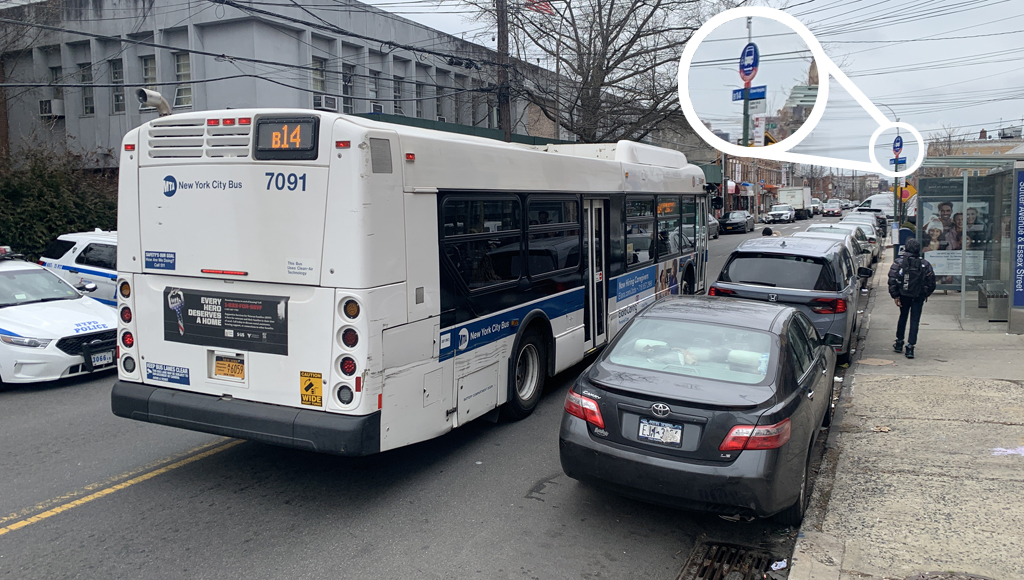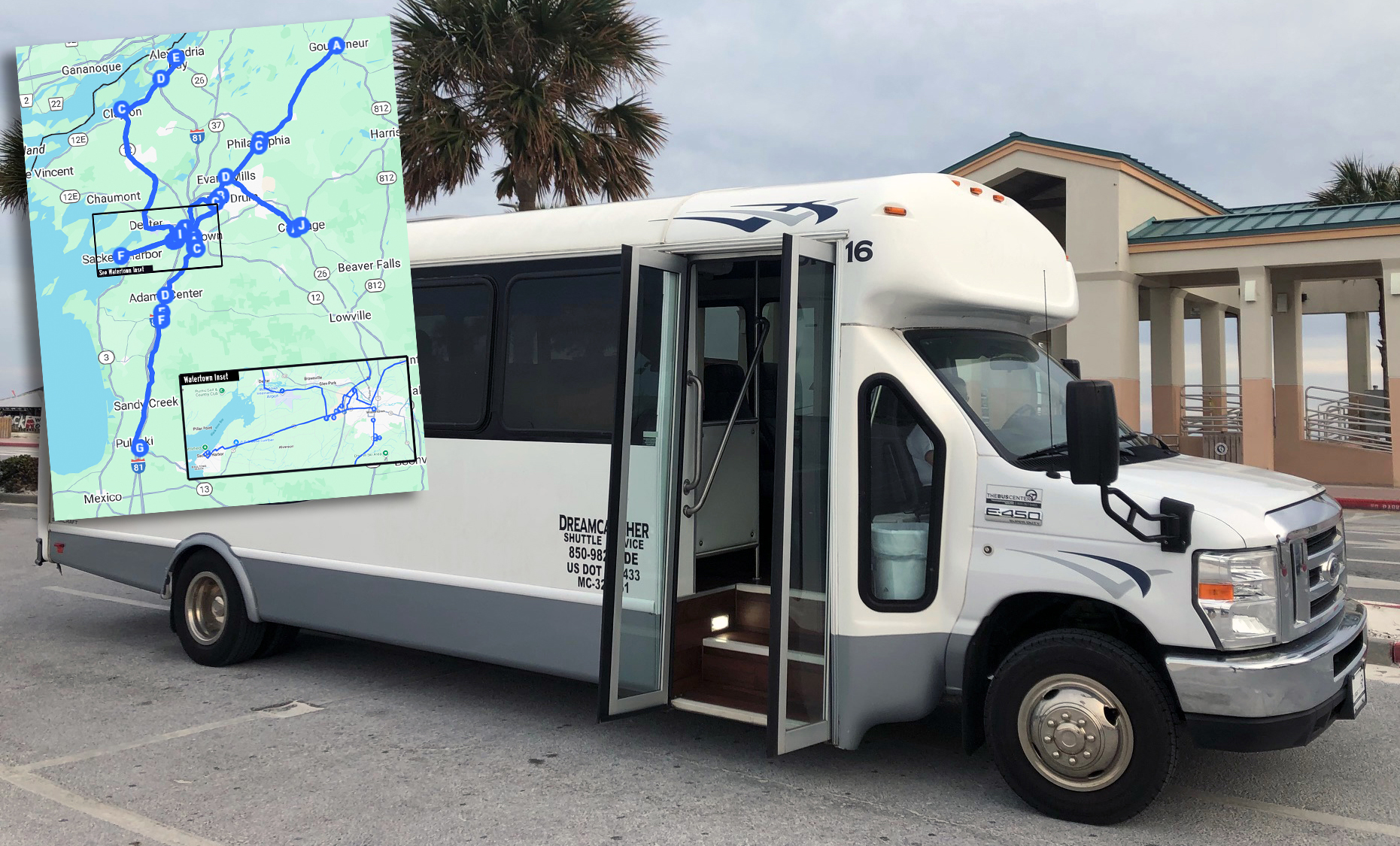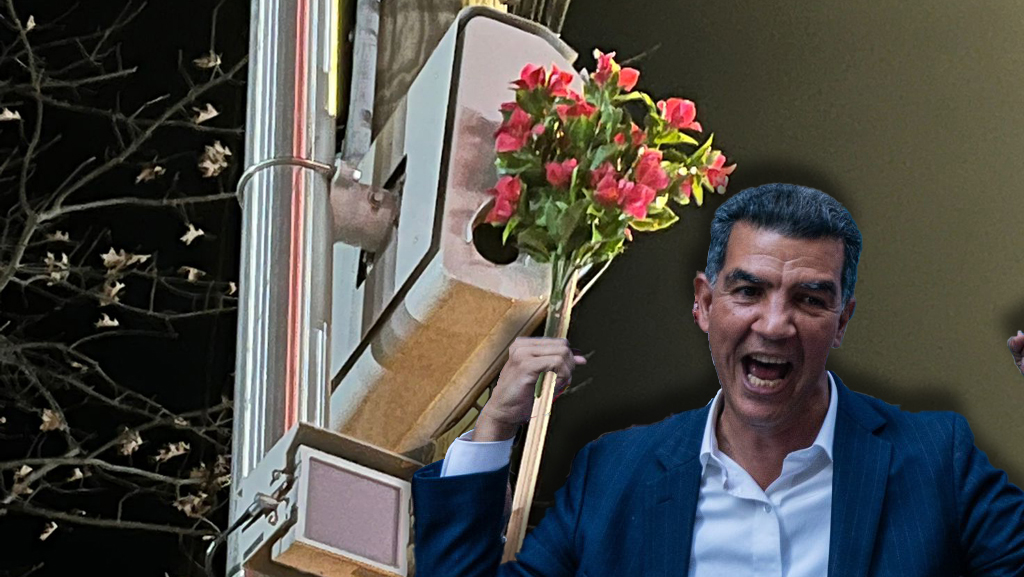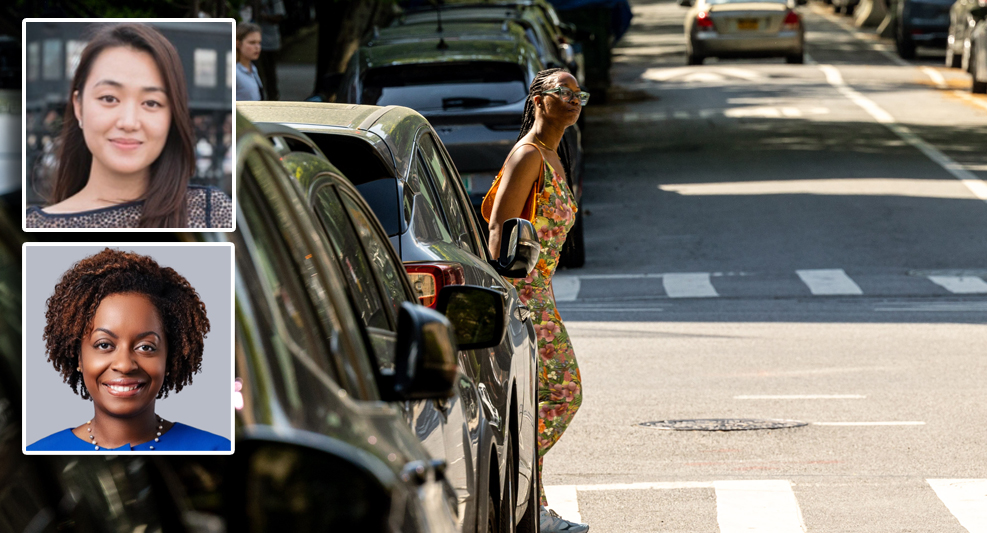MTA officials remain livid over Mayor de Blasio's much-liked pedestrian safety plan for Rockefeller Center — first because the plan would take some space away from bus riders, but then because a de Blasio spokesman claimed the administration consulted the transit agency.
The plan calls for the city to accommodate overflow crowds of pedestrians by taking away two lanes of traffic on Fifth and Sixth avenues, closing two side streets to cars, forbidding drivers to turn on 47th, 49th, or 51st streets, and bypassing bus stops between 48th and 52nd streets — a decision that MTA said came out of the blue.
The "City Hall said/MTA said" saga began on Friday morning, when the mayor announced the plan on WNYC's Brian Lehrer show, weeks after dismissing an earlier draft of the plan as "premature."
After multiple outlets covered the mayor's surprise announcement, New York City Transit President Andy Byford blasted Hizzoner for not prioritizing bus customers, and called the plan a “unilateral decision."
"We are disappointed that the plan put forward by the mayor gives no priority to MTA buses and ignores the needs of bus customers," Byford said in a statement at 2:41 p.m.
A mayoral spokesman then quickly rebuked Byford’s claim, saying that City Hall had been in weeks-long discussions with MTA bigwigs and their last-minute suggestion to better accommodate the buses would actually have eliminated pedestrian space since it would require carving out room for bus stops on the expanded sidewalk. The spokesman, William Baskin-Gertwitz added that diverting bus service on those blocks during the holiday season is nothing new since the city has been doing it for years.
"We’ve discussed this plan with them numerous times over the last few weeks and only in the 11th hour did they raise the idea of a dedicated bus lane,” Baskin-Gerwitz told Streetsblog on Friday at 3:34 p.m. “Unfortunately, the MTA’s proposal would have reduced pedestrian space — the exact opposite of our shared goal.”
That's when MTA spokesman Aaron Donovan cried foul, issuing a statement to Streetsblog that, basically, called Baskin-Gerwitz a liar.
“We were not consulted and read about it in the newspaper for the first time,” Donovan told Streetsblog on Friday at 5 p.m.
But on Monday after initial publication of this story, Baskin-Gerwitz again accused the MTA of acting in bad faith.
"The MTA press staff might not have been kept in the loop by their administration, but that’s no reason to mislead New Yorkers," he told Streetsblog. "The truth of the matter is that City Hall senior leadership spoke repeatedly with MTA senior leadership, and we also held commissioner to commissioner conversations well before this reached the public.”
Wow — a classic back-and-forth, with an extra back-and-forth added in.
And this isn't even the first or only controversy that has surrounded the holiday plan — the earlier, "premature" version was hastily scrubbed by de Blasio for reasons unclear at the time. He also accused someone at his own Department of Transportation of leaking it because of an "agenda."
Rumors swirled around what actually caused the unraveling, but Baskin- Gerwitz told Streetsblog the day de Blasio walked it back that it was merely because nothing had been finalized, and that City Hall was still in "various stages of discussion with MTA, NYPD and other stakeholders regarding the plan’s feasibility." He also pointed to the fact that the scrapped plan would take away a lane of travel for buses, explicitly telling Streetsblog that a pro-transit site such as ours should be "especially interested in noting that this proposal would eliminate a bus lane."
We asked repeatedly about it, but got nothing definitive. In the end, the city's final plan removes the very same bus lane that Baskin-Gerwitz had suggested played a role in the demise of the initial plan.
The MTA isn't the only organization upset about the finalized plan. The Riders Alliance said removing a bus lane puts pedestrians and straphangers at odds with one another when the city and state should have devised a plan that fully prioritizes both street users over private automobile owners.
“We don’t need to pit pedestrians against bus riders,” Riders Alliance spokesman Danny Pearlstein told the Times. “A more complete plan for the efficient use of scarce street space in Midtown would prioritize both.”
And now, the union representing firefighters told the Post that the plan will actually do the opposite of its intended purpose to create safer conditions by wreaking havoc on congestion in the area, slowing traffic down to a standstill, and increasing emergency response times.
"The move to increase ‘pedestrian space’ surrounding Rockefeller Center is misguided and makes this city less safe — plain and simple,” union president Gerard Fitzgerald told the tabloid. “As it is, traffic is interfering with our firefighters’ abilities to reach the scene of a fire, but this new plan will have wide-felt repercussions in the form of traffic from river to river.”
Unlike Pearlstein, Fitzgerald was unable to see the real cause of Midtown congestion — cars. Bike Twitter quickly set him straight:
Update: This story was updated on Monday morning to reflect a new comment from City Hall spokesman Will Baskin-Gerwitz in response to the MTA's comment about Baskin-Gerwitz, who had been commenting on the MTA.






